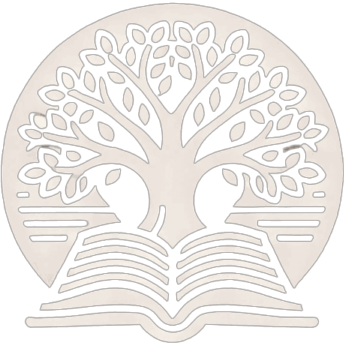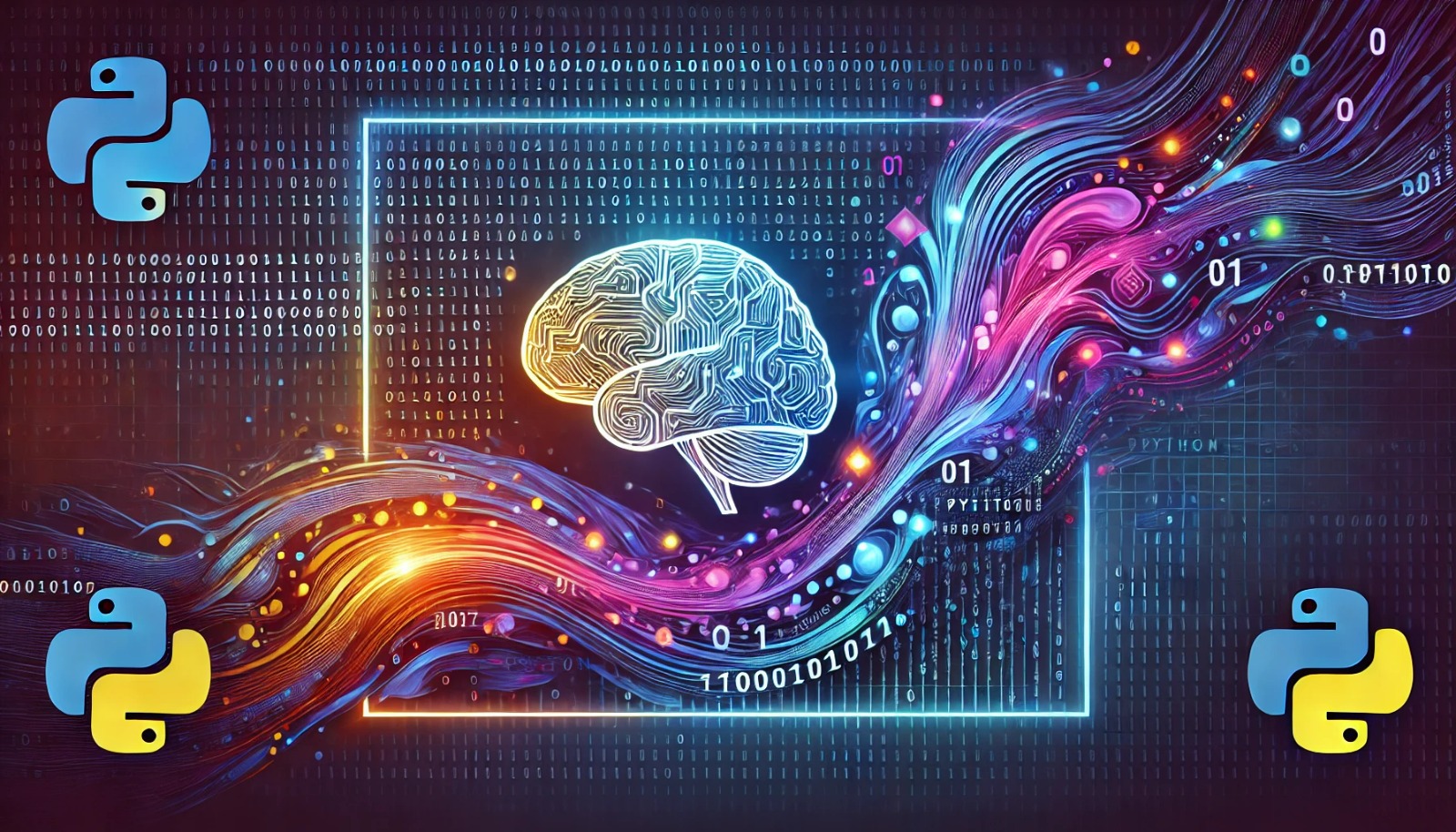Why Every Student Should Learn Coding: A Journey Starting with Python
Welcome to Gyanaangan.in! Today, we’re diving into a topic close to our hearts: why every student should start learning to code and how Python can kickstart your journey. If you’re a student reading this, let me tell you — the coding journey is not just about writing programs. It’s about unlocking your problem-solving skills, enhancing logical thinking, and embarking on a creative adventure. Let’s make it personal and practical, so you can take the first steps confidently.
Why Coding?
Coding is the language of the future. Think about it: the apps you use daily, the games you play, the websites you browse — they’re all made possible through coding. Learning to code is like learning a superpower that allows you to build tools, automate boring tasks, and bring your ideas to life.
As students, we all face challenges: organizing notes, preparing for exams, or managing time. What if I told you that coding could help solve these problems? That’s where Python, a beginner-friendly programming language, comes in.
Why Python?
Python is simple and intuitive. Its syntax is so close to plain English that even someone new to programming can grasp it quickly. Whether you want to create a to-do list app, analyze data for a school project, or even build a fun game, Python is the perfect starting point.
Here’s an analogy: learning Python is like learning to ride a bicycle with training wheels. It’s forgiving, yet powerful enough to take you to great heights. Once you’re comfortable, you can move on to advanced languages and frameworks, but Python will always remain your trusted companion.
Your First Project: Solve a Problem
Start small. Think about a problem you face as a student. For example, are you struggling to keep track of assignments? Why not build a simple command-line application to manage them?
Here’s a plan:
- Write Down the Problem:
- Problem: "I often forget deadlines for assignments."
- Plan Your Project:
- Build an app where you can add assignments, set deadlines, and get reminders.
- Learn Python Basics:
- Start with input/output commands, if-else statements, and loops.
- Write Code:
assignments = [] def add_assignment(): name = input("Enter assignment name: ") deadline = input("Enter deadline (DD-MM-YYYY): ") assignments.append({"name": name, "deadline": deadline}) print("Assignment added!") def view_assignments(): for idx, assignment in enumerate(assignments, start=1): print(f"{idx}. {assignment['name']} - Due: {assignment['deadline']}") while True: print("\n1. Add Assignment\n2. View Assignments\n3. Exit") choice = input("Choose an option: ") if choice == "1": add_assignment() elif choice == "2": view_assignments() elif choice == "3": break else: print("Invalid choice. Try again.")
Sharing With Friends
Once your project works, the next question is, “How can I share this with friends?” Start by researching how to create executable files. Tools like PyInstaller allow you to package your Python script into an .exe file that can run on any computer.
Steps:
- Install PyInstaller:
pip install pyinstaller. - Convert your script:
pyinstaller --onefile your_script.py. - Share the .exe file with friends.
Leveling Up: Discovering Web Apps
As you share your project, you’ll realize the limitations of command-line apps. What if your friends could access it via a website? Welcome to the world of web development!
Start with Flask, a lightweight Python framework for web applications. Here’s an example of converting your assignment tracker into a web app:
-
Install Flask:
pip install flask. -
Build a simple Flask app:
from flask import Flask, render_template, request app = Flask(__name__) assignments = [] @app.route('/') def home(): return render_template('index.html', assignments=assignments) @app.route('/add', methods=['POST']) def add(): name = request.form['name'] deadline = request.form['deadline'] assignments.append({"name": name, "deadline": deadline}) return "Assignment added! <a href='/'>Go back</a>" if __name__ == '__main__': app.run(debug=True) -
Learn HTML and CSS to design your web app. You can use free resources like W3Schools or FreeCodeCamp.
Expanding Horizons: Django and Beyond
Once you’re comfortable with Flask, dive into Django, a more robust framework for larger web apps. With Django, you’ll learn how to manage databases, create user authentication systems, and much more.
You can also explore JavaScript, React, or Angular to make your web apps more interactive. The journey doesn’t stop there:
- Build Mobile Apps: Learn React Native or Flutter.
- Explore Data Science: Use Python libraries like Pandas and Matplotlib.
- Dive Into AI: Learn about TensorFlow and PyTorch.
The Beauty of Coding
Coding is not just about writing lines of code. It’s about learning to think logically, break down problems into smaller pieces, and build solutions. It teaches resilience, creativity, and collaboration. And most importantly, it’s fun!
Final Thoughts
At Gyanaangan.in, we believe that every student has the potential to become a coder. Start with Python, build simple projects, and share them with the world. The more you explore, the more doors will open. Coding is a journey, and every step you take will lead to exciting new possibilities.
Remember, the best way to learn is by doing. So, what’s stopping you? Pick a problem, start coding, and take the first step toward your bright future.
Happy coding!

